Can Fat From Liposuction Be Used For Breast Augmentation
Breast augmentation is a popular cosmetic procedure that many women consider to enhance their body contour. Traditionally, this has been achieved using silicone or saline implants. However, a newer method, known as fat transfer breast augmentation, is gaining traction. This technique involves using fat harvested from other parts of the body through liposuction. But can fat from liposuction be used for breast augmentation effectively? This article delves into the process, benefits, and considerations of this innovative approach.
Can Fat From Liposuction Be Used For Breast Augmentation
Fat transfer breast augmentation, also known as autologous fat grafting, involves removing fat from areas like the abdomen, thighs, or flanks through liposuction. The harvested fat is then purified and injected into the breasts to enhance their size and shape.
Sculpting Body Dubai offers special treatments to shape and tone your body
you can get a better-looking figure with Sculpting Body Dubai services
- Liposuction: Fat is removed from donor areas using a cannula.
- Purification: The fat is processed to remove impurities.
- Injection: Purified fat is carefully injected into the breasts.
Benefits of Fat Transfer Breast Augmentation
This method offers several advantages over traditional implants:
- Natural Look and Feel: The use of your own fat results in a more natural appearance and texture.
- Dual Benefits: Contours the donor area while enhancing the breasts.
- Reduced Risk of Rejection: Since the fat is from your own body, the risk of rejection is minimal.
The Science Behind Fat Grafting for Breast Enhancement
How Fat Cells Are Harvested and Processed
The success of fat transfer breast augmentation largely depends on the harvesting and processing of fat cells. The fat is carefully extracted using liposuction, then purified to remove any blood, oil, or other impurities.
Book A Consultation With Dr Tarek Bayazid
Top-rated Plastic Surgeon For Liposuction in Dubai
Installment Plan Available
- Harvesting: Fat is gently suctioned to preserve cell integrity.
- Processing: Centrifugation or filtration is used to purify the fat.
- Injection: Purified fat is injected in small amounts to ensure even distribution.
Survival Rate of Transferred Fat Cells
Not all transferred fat cells survive. The survival rate can vary but typically ranges from 50% to 80%. Proper technique and post-operative care are crucial for maximizing fat survival.
- Technique: Skilled surgeons use precise methods to enhance fat survival.
- Post-Operative Care: Following care instructions can improve outcomes.
Long-Term Results and Sustainability
Fat transfer breast augmentation can offer long-lasting results, but some fat may be reabsorbed by the body over time. Touch-up procedures may be needed to maintain the desired volume.
- Longevity: Results can last several years with proper care.
- Touch-Ups: Additional sessions may be required for optimal results.
Comparing Fat Transfer to Traditional Breast Implants 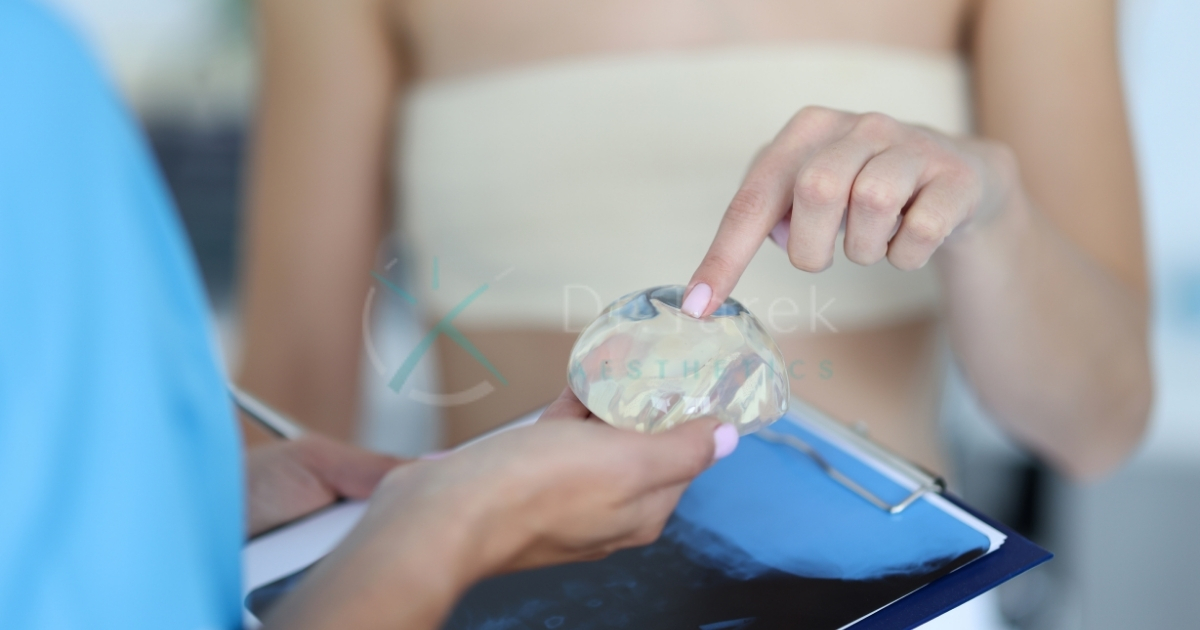
Natural Look and Feel
One of the main advantages of fat transfer is the natural look and feel it provides. Unlike implants, which can sometimes feel artificial, fat transfer uses your own tissue.
- Natural Appearance: Mimics the natural breast tissue.
- Texture: Feels more like natural breasts.
Scarring and Recovery Time
Fat transfer generally results in less scarring and a quicker recovery compared to traditional implants.
- Minimal Scarring: Small incisions for liposuction and injection.
- Faster Recovery: Less invasive with shorter downtime.
What Are the Advantages of Using Your Own Fat for Breast Augmentation
Dual Contouring Benefits
One of the unique benefits of fat transfer is the dual contouring effect. Not only do you enhance your breasts, but you also slim down other areas of your body.
- Body Contouring: Removes fat from unwanted areas.
- Enhanced Proportions: Achieves a more balanced figure.
Reduced Risk of Rejection
Using your own fat eliminates the risk of allergic reactions or rejection, which can occur with synthetic implants.
- Biocompatibility: Your body readily accepts its own fat.
- Safety: Lower risk of complications related to foreign materials.
Customizable Results
Fat transfer allows for more precise and customizable results compared to traditional implants.
- Tailored Enhancement: Adjusts volume and shape to your preference.
- Natural Adjustments: Allows for subtle changes over time.
How Much Fat Is Needed for Breast Augmentation
Factors Affecting Fat Volume Requirements
The amount of fat needed for breast augmentation varies based on several factors, including your desired breast size and the amount of available donor fat.
- Desired Size: Larger enhancements require more fat.
- Donor Fat Availability: Sufficient fat must be available for harvesting.
Multiple Sessions for Optimal Results
In some cases, multiple sessions may be required to achieve the desired results. This ensures that enough fat survives and integrates into the breast tissue.
- Staged Procedures: Gradual enhancement over multiple sessions.
- Improved Survival: Higher success rate with smaller, repeated injections.
Limitations of Fat Transfer Breast Augmentation
While fat transfer offers many benefits, it also has limitations. It may not be suitable for those seeking a significant increase in breast size.
- Moderate Enhancement: Best for subtle to moderate size increases.
- Volume Limitations: Limited by the amount of available donor fat.
Is Fat Transfer Breast Augmentation Safe
FDA Approval Status
Fat transfer breast augmentation is considered safe and is approved by the FDA for cosmetic use. However, it is essential to choose a qualified and experienced surgeon.
- Regulatory Approval: Approved for cosmetic procedures.
- Qualified Surgeons: Ensure your surgeon is board-certified.
Clinical Studies and Research Findings
Numerous clinical studies have demonstrated the safety and efficacy of fat transfer breast augmentation. These studies highlight the procedure’s benefits and potential risks.
- Research Evidence: Supported by clinical studies.
- Safety Profile: Generally safe with a low complication rate.
Potential Risks and Side Effects
As with any surgical procedure, fat transfer breast augmentation carries potential risks and side effects.
- Common Side Effects: Swelling, bruising, and discomfort.
- Rare Complications: Fat necrosis, infection, and asymmetry.
What Is the Recovery Process Like After Fat Transfer Breast Augmentation
Post-Operative Care Instructions
Following your surgeon’s post-operative care instructions is crucial for a smooth recovery and optimal results.
- Rest: Take it easy for the first few days.
- Compression Garments: Wear as directed to reduce swelling.
- Avoid Strenuous Activities: Limit physical activity for a few weeks.
Timeline for Healing and Results
The recovery timeline can vary, but most patients can expect to see initial results within a few weeks, with final results visible after a few months.
- Initial Recovery: 1-2 weeks for initial healing.
- Final Results: 3-6 months for full results.
Managing Expectations
It’s essential to have realistic expectations about the results and recovery process. Discuss your goals and concerns with your surgeon to ensure you are well-informed.
- Realistic Goals: Understand the limitations and potential outcomes.
- Open Communication: Discuss any concerns with your surgeon.
How Long Does Fat Transfer Breast Augmentation Last
Factors Affecting Longevity
The longevity of fat transfer breast augmentation can be influenced by several factors, including your lifestyle and how well you follow post-operative care instructions.
- Lifestyle: Healthy habits can prolong results.
- Care Instructions: Adhering to post-op care can enhance longevity.
Maintenance and Touch-Up Procedures
Some patients may require touch-up procedures to maintain their desired breast size and shape over time.
- Periodic Touch-Ups: Additional sessions may be needed.
- Maintenance: Regular follow-ups with your surgeon.
Long-Term Patient Satisfaction Rates
Many patients report high satisfaction rates with fat transfer breast augmentation, appreciating the natural look and feel of their enhanced breasts.
- Patient Satisfaction: Generally high with natural results.
- Long-Term Happiness: Many patients are pleased with their outcomes.
Can Fat Transfer Be Combined with Breast Implants 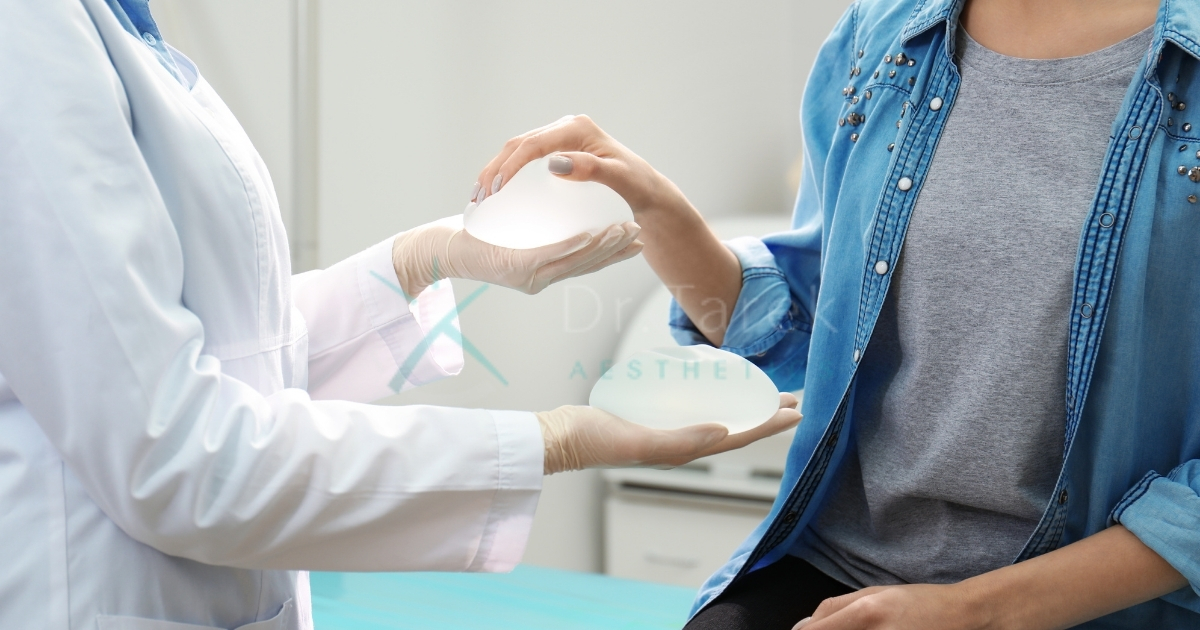
Hybrid Breast Augmentation Techniques
Combining fat transfer with breast implants, known as hybrid breast augmentation, can offer the best of both worlds. This technique uses implants for volume and fat for contouring.
- Volume and Shape: Implants provide volume, fat refines shape.
- Enhanced Results: Achieves a more natural look and feel.
Advantages of Combining Procedures
Hybrid breast augmentation offers several advantages, including improved contouring and a more natural appearance.
- Natural Contours: Fat smooths out implant edges.
- Customizable Results: Tailored to individual preferences.
Candidacy for Hybrid Augmentation
Not everyone is a candidate for hybrid augmentation. Ideal candidates are those seeking significant volume with a natural appearance.
- Ideal Candidates: Those wanting both volume and natural contours.
- Consultation: Discuss with your surgeon to determine suitability.
What Is the Cost of Fat Transfer Breast Augmentation
Factors Influencing Pricing
The cost of fat transfer breast augmentation can vary based on several factors, including the surgeon’s experience, geographic location, and the complexity of the procedure.
- Surgeon’s Experience: More experienced surgeons may charge higher fees.
- Location: Costs can vary by region.
- Procedure Complexity: More complex cases may be more expensive.
Comparison to Traditional Implant Costs
Fat transfer breast augmentation can be more expensive than traditional implants due to the additional steps involved in harvesting and processing the fat.
- Higher Costs: Generally more expensive than implants.
- Value for Money: Offers dual benefits of contouring and augmentation.
Insurance Coverage Considerations
Most cosmetic procedures, including fat transfer breast augmentation, are not covered by insurance. However, financing options may be available.
- Insurance: Typically not covered.
- Financing: Payment plans and financing options may be available.
Are There Any Alternatives to Fat Transfer Breast Augmentation
Non-Surgical Breast Enhancement Options
For those not interested in surgery, non-surgical options like breast enhancement creams and exercises are available, though results are typically less dramatic.
- Creams and Serums: May offer minor improvements.
- Exercises: Can enhance muscle tone but not breast size.
Other Surgical Techniques
Other surgical options include traditional breast implants and breast lifts, each with its own set of benefits and considerations.
- Breast Implants: Silicone or saline implants for significant volume.
- Breast Lift: Lifts and reshapes sagging breasts.
Choosing the Right Procedure for Your Goals
It’s essential to choose the procedure that best aligns with your goals and expectations. Consult with a qualified surgeon to explore your options.
- Consultation: Discuss your goals with a surgeon.
- Personalized Plan: Develop a plan tailored to your needs.
FAQs
Can fat from liposuction be used for breast augmentation in all cases?
Fat from liposuction can be used for breast augmentation in many cases, but not all. The suitability depends on factors like the amount of available donor fat and the desired breast size.
How much of the transferred fat typically survives in breast augmentation?
Typically, 50% to 80% of the transferred fat survives in breast augmentation. The survival rate can vary based on the technique used and post-operative care.
Can fat transfer breast augmentation correct asymmetry?
Yes, fat transfer breast augmentation can correct asymmetry. The procedure allows for precise adjustments to achieve a more balanced appearance.
Is it possible to breastfeed after fat transfer breast augmentation?
It is generally possible to breastfeed after fat transfer breast augmentation. The procedure does not typically interfere with the milk ducts or glands.
What are the potential complications of using fat from liposuction for breast augmentation?
Potential complications include fat necrosis, infection, and asymmetry. While the procedure is generally safe, it’s essential to choose a qualified surgeon to minimize risks.


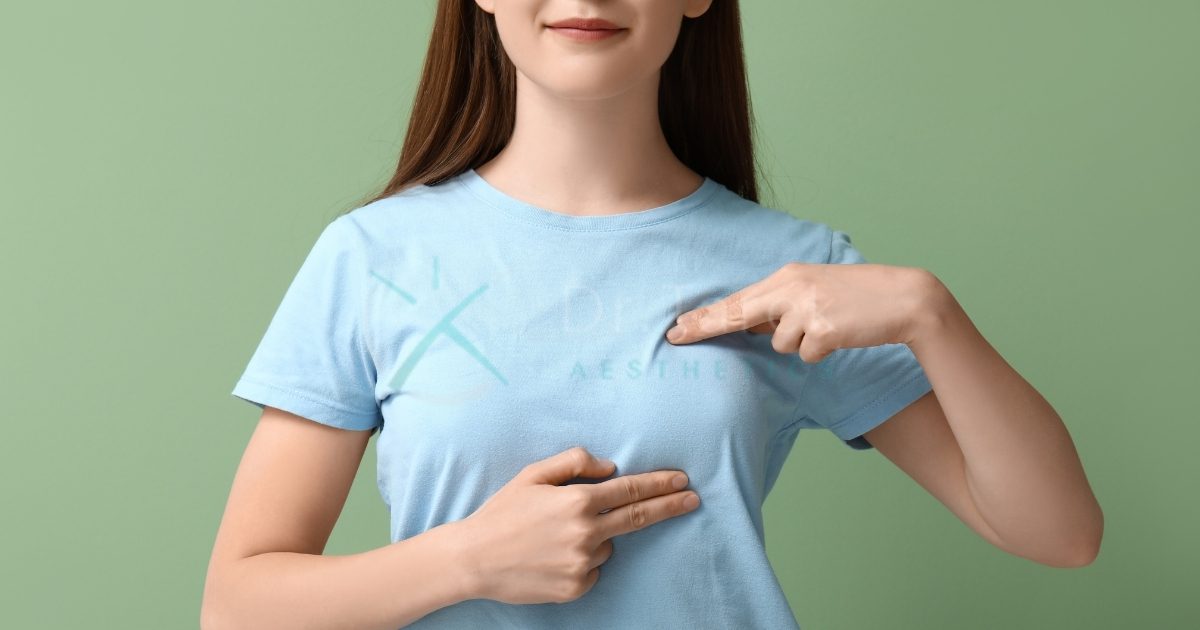


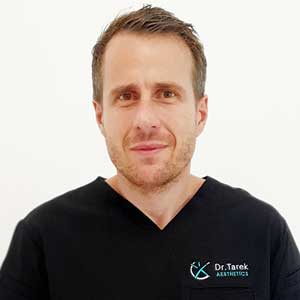



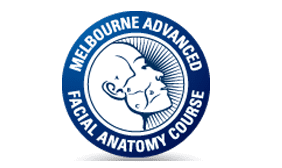

Related Posts